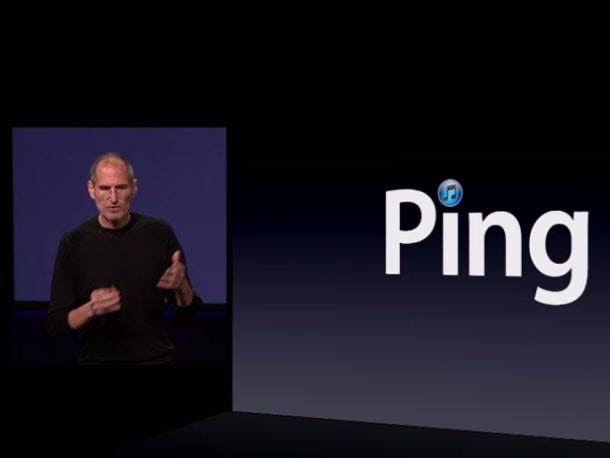In 2010, Apple decided to dip its toes into the social media world by launching Ping, a music-focused social network integrated into the iTunes software. It was supposed to be a platform for music lovers to connect, share their favorite songs, and follow their favorite artists. However, just two years after its launch, Ping was shut down due to low usage and lack of engagement.
So, what went wrong with Ping? Why did Apple, a company known for its innovation and success, fail to create a successful social media platform?
One of the main reasons for Ping’s failure was its limited functionality. Unlike other social media platforms like Facebook and Twitter, Ping only allowed users to share information about music. Users couldn’t post status updates, share photos, or communicate with their friends. This limited functionality made Ping unappealing to many users who were used to more comprehensive social media platforms.
Another reason for Ping’s failure was the lack of integration with other social media platforms. Ping did not allow users to connect their accounts with Facebook or Twitter, which made it difficult for users to find their friends and share their activity on other platforms. This lack of integration made it challenging for Ping to gain traction and attract new users.
Finally, Ping’s downfall can be attributed to the lack of engagement from users. Despite being integrated into iTunes, which had a massive user base, Ping failed to attract and retain users. The platform lacked features that incentivized users to engage with it regularly, and without user engagement, Ping couldn’t sustain itself.
In the end, Apple’s Ping was a reminder that even the most successful companies can struggle to create successful social media platforms. While Ping had some promising features, it ultimately failed to gain traction and engage users, leading to its demise just two years after its launch.
The failure of Ping also highlights the importance of innovation and adaptability in the technology industry. Companies need to be willing to take risks, try new things, and adapt to changing trends to stay relevant and successful. While Ping may have been a failure, it was a valuable learning experience for Apple and a reminder that success in the tech industry requires constant innovation and improvement.
In conclusion, while Apple’s Ping may be a forgotten footnote in the history of social media, it serves as a cautionary tale for companies looking to enter the crowded social media market. Despite its promising features, Ping failed to engage users and ultimately became another failed social media platform. However, it also serves as a reminder that failure can be a valuable learning experience, and that success in the tech industry requires constant innovation and adaptation.
